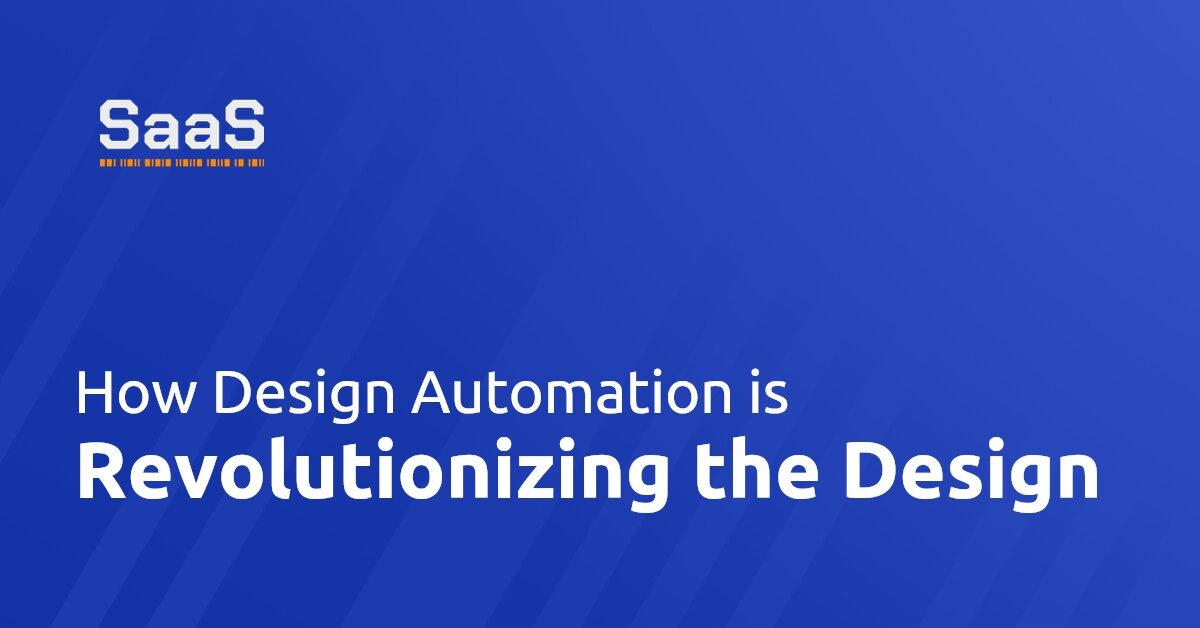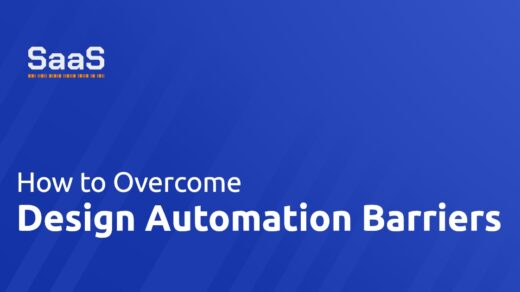How Design Automation is Revolutionizing the Design Industry
Design automation is rapidly changing the face of various industries. The integration of digital tools and technologies into the design process has led to changes in the way products and services are conceptualized, presented, and evaluated. Design automation, specifically, has revolutionized different industry sectors by accelerating the design process, reducing errors, and enhancing creativity.
What are the impacts of design automation on industries?
Design automation is causing a ripple effect throughout various industries. It is fundamentally shifting the way design tasks are performed and executed, leading to a range of benefits and implications.
For one, design automation is drastically reducing the time spent on repetitive tasks. Designers can now use automated software to create numerous design variations in a fraction of the time it would take manually. This increases productivity and frees up designers to focus on more crucial, creative tasks.
Moreover, design automation eliminates human errors that might occur during the design process. Since design tasks are automated, the likelihood of mistakes is greatly decreased. This leads to increased accuracy, quality, and reliability in designs.
Finally, by using design automation, companies can bring innovative and appealing designs to the market faster. This gives them a competitive advantage, enabling them to continually stay ahead of industry trends.
How is design automation transforming the design sector?
Design automation is revitalizing the design industry in several ways. Notably, it is paving the way for new possibilities and transformational changes in the sector.
Automated design tools like CAD (Computer-Aided Design) and CAE (Computer-Aided Engineering) are providing designers with unprecedented precision and control. These tools are enabling designers to generate detailed drafts, develop 3D models, and simulate the performance of designs, effortlessly.
Moreover, with AI-powered design automation tools, designers can test multiple solutions faster and choose the most effective one. These tools offer designers computational power and intelligence to generate thousands of design permutations, allowing for the exploration of a broader solution space.
More importantly, design automation is democratizing the design industry. With user-friendly interfaces, anyone can utilize these tools, fostering inclusivity and diversity in design creation.
Can design automation revolutionize the design industry?
Without a doubt, design automation has the power and potential to revolutionize the design industry. It's no longer just a trend or a buzzword; design automation is poised to redefine the future of design and reshape the industry landscape.
For starters, design automation creates an environment where creativity and innovation can thrive. By automating routine and mundane tasks, designers can devote more time to exploring creative ideas, pushing the boundaries of what's possible in design.
Moreover, design automation enhances collaboration among designers, regardless of their geographical locations. With cloud-based design tools, designers can work in real-time on shared projects, fostering efficient collaboration and higher productivity levels.
Lastly, design automation can lead to more sustainable and environmentally friendly designs. By allowing designers to test and optimize their designs virtually, they can minimize waste associated with physical prototyping. This takes the design industry a step closer towards achieving sustainability goals.
The future of design: Embracing automation in the industry
The future of design certainly lies in automation. As technologies continues to evolve, so too will design automation, leading to even more impressive and far-reaching benefits.
Predictive design, for instance, will be a game-changer. With machine learning algorithms, design tools will be able to predict user preferences and provide tailored design solutions. As a result, designers would be able to create personalized and customer-centric designs.
Ultimately, the embrace of design automation will usher in a new era for the design industry. It will redefine roles, workflows, and even the skill sets required in the sector. While the journey towards full automation is in progress, the design industry is already reaping the myriad benefits of this transformative technology.








